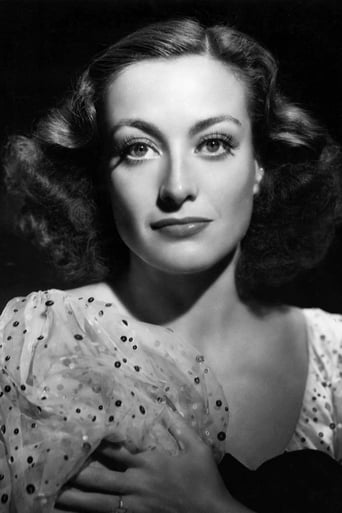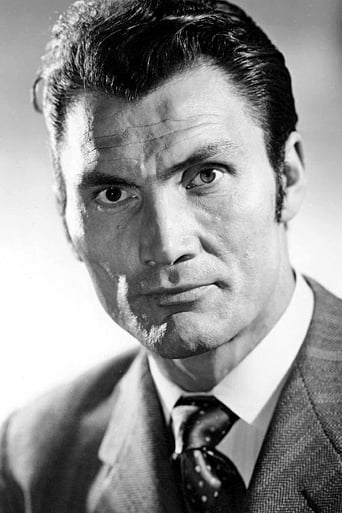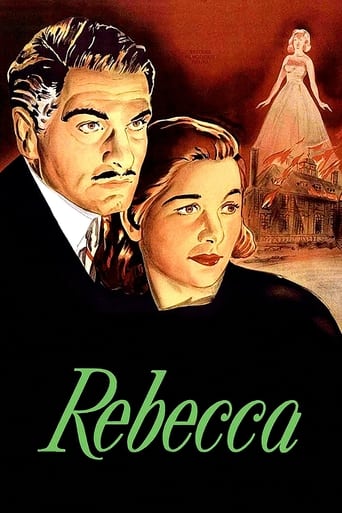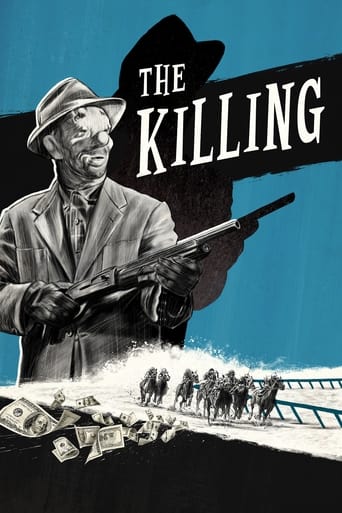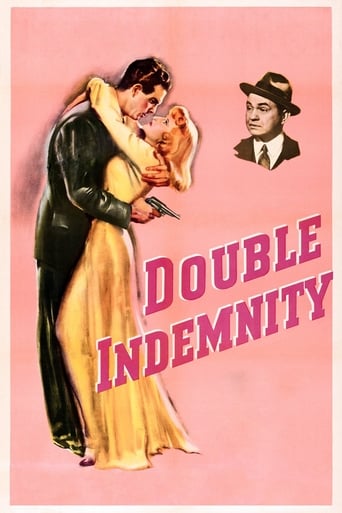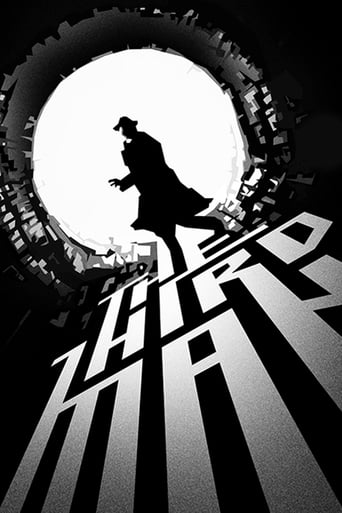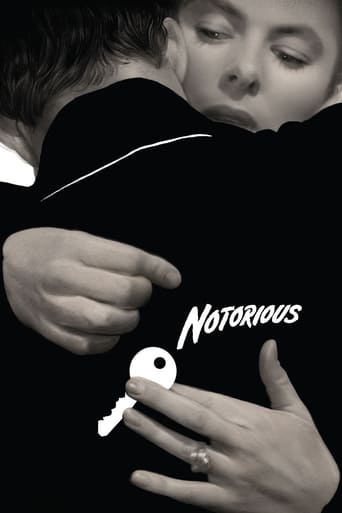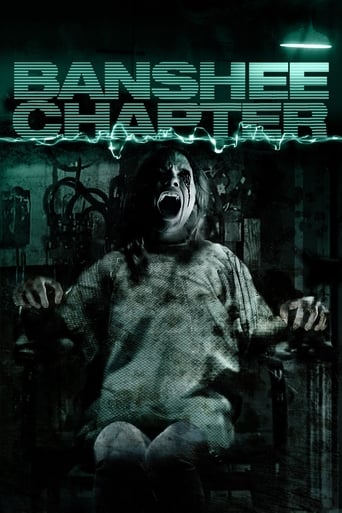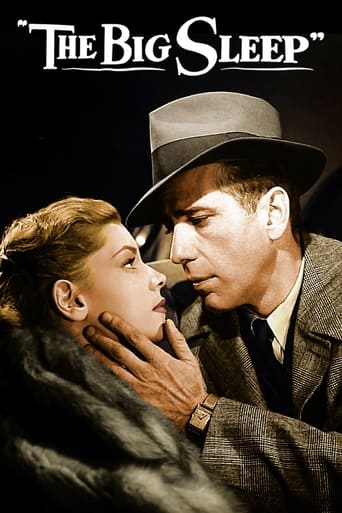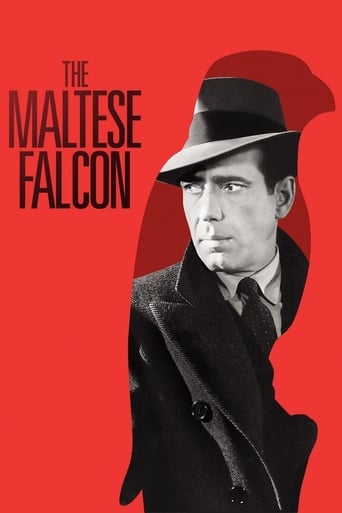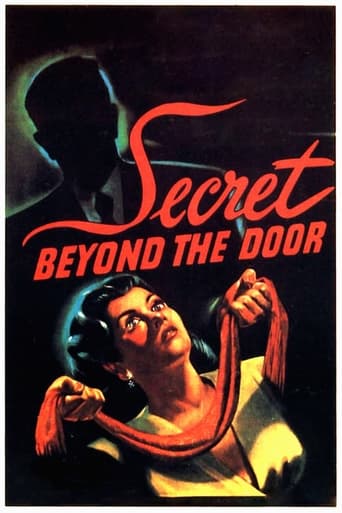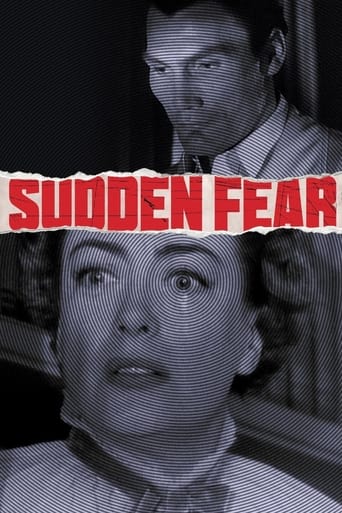
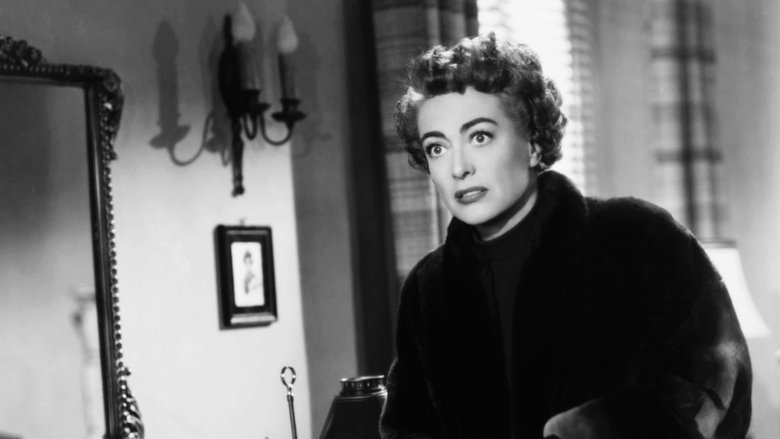
Sudden Fear (1952)
Actor Lester Blaine has all but landed the lead in Myra Hudson's new play when Myra vetoes him because, to her, he doesn't look like a romantic leading man. On a train from New York to San Francisco, Blaine sets out to prove Myra wrong...by romancing her. Is he sincere, or does he have a dark ulterior motive?
Watch Trailer
Cast


Similar titles
Reviews
David Miller is a rather obscure director, who I remember for no other movie, but in SUDDEN FEAR he was in very good form.The screenplay is quite good but overly chatty in the first half, 15 minutes less would not have hurt it - quite the contrary, methinks. The second half has far less dialogue, but perhaps a couple too many emotional shots involving Crawford, especially toward the end. Still, this is one of her better performances, and I have never seen a better one from Palance, either.It is the cinematography that really projects this film onto a higher level. There is great care with filming interiors and objects that prove important to dénouement, and the angles are reminiscent of Hitchcock who, in 1952, was still to do his best work in the United States (REAR WINDOW, VERTIGO, NORTH BY NORTHWEST, PSYCHO, BIRDS), so I am not suggesting for a second that Miller borrowed any ideas from Hitch.There are two truly memorable scenes: when a gun-wielding Crawford suddenly sees her reflection in the mirror, and her look as she is about to commit murder; and the final sequence, of personal absolution, as she knows that it was kill or be killed.Of course, the film and the dialogue are of 1952; and of course you can look for, and find, goofs and loopholes; but I wish most movies of today were as enthralling, thoughtfully directed and well shot as SUDDEN FEAR.
There's this myth that film noirs were oh, so sophisticated and intelligently written. The truth is that most of them were stupid, insipid and implausible, with ridiculous plots that stretched credulity. (Go on. Just try to clearly explain the plot of D.O.A. without your mind twisting into knots. I dare you!)If film noirs were incredulous, why are they so celebrated? Because many of their directors were so good, they knew how to sell a premise, no matter how far fetched. Sudden Fear is one of those noirs that was ridiculous on one hand and yet great on the other. The story couldn't be more absurd. Joan Crawford plays a middle aged newlywed who hooks herself a young buck. The problem is that he turns out to be a grifter planning to kill her for the money and split it with his girlfriend. All Crawford has to do is pack her bags and leave but film noirs being what they are, she does the most unrealistic and stupidest thing a person could ever do in a situation like this. She decides to carry out a revenge scheme instead.Does it matter? No. Because Sudden Fear is directed with such flair, you're able to suspend disbelief and buy the premise, no matter how ridiculous. Even if you're rolling your eyes the entire time, the movie will have you entertained and in some cases, on the edge of your seat. There is an amazing sequence that plays out for several minutes and involves a closet and a clockwork toy. It is filled with so much suspense, I'm amazed that it hasn't been cribbed by other directors. It's the type of sequence that Hitchcock would've envied. It's that good. So, I can't recommend this movie enough. It's not a masterpiece by any means, but it's incredibly entertaining and resourceful.
A full-fledged star vehicle for Ms. Crawford, in this film-noir tale, she plays Myra Hudson, a rich Broadway playwright-spinster, who intuitively vetoes an actor Lester Blaine's (Palance) audition for her newest play, since his unusual look doesn't seem to be well qualified for a romantic role, which prompts Lester's chagrin and he rebukes that Myra is wrong for her impetuous decision.Some days later, on the train back to her home in San Francisco after the play turns out to be a hit, Myra encounters Lester, out of courtesy and to manifest there is no hard feelings, they bury the hatchet and Lester proves to her that he in fact is a virtuoso romantic suitor for her despite the age difference, and she is significantly besotted, the two tie the knot afterwards, which erects a perfect hotbed for the ensuing murder plan.There is an ulterior motive in Lester's agenda from his very first move, when his old flame, a sensual siren Irene Neves (Grahame) arrives uninvited, the two scheme together to murder Myra after knowing that the latter will donate the bulk of her fortune to a foundation. But Ms. Crawford will not resign herself to an unwitting wife who is like a lamb to slaughter, right in the midway, Myra receives a rude awakening and unearths Lester's sinister plan, after the initial shock and distress (which inconveniently outstays its welcome as Ms. Crawford's one-woman show), and a clumsy act which accidentally destroys the key testimony, she straightens up and dauntlessly decides to preempt their action in her own way.Here, the movie starts to glisten with suspense, under the ominous chiaroscuro lighting, particularly designated in her favour, Ms. Crawford's dignified mien glints intensely from resolution, hesitation, worry to utter fear, and everything is on tenterhooks, viewers vicariously experience the struggle, strain and danger from Myra's viewpoint, playing meek and unsuspicious in front of her double-faced husband on a daily basis, cautiously plotting her counter-move in the sly step by step, while keeping hold of her usual pretence without arousing any suspicion, she must be a natural actress herself to fake a glamorous fall from staircases without any damage done to undercut her mobility, also a first-rate penmanship-imitator, and practising her first-ever plan of murder in her mind, which is a dead giveaway that things will not proceed exactly in the way as she has envisaged. The biggest question is, is she as good killer as an actress? Is she capable of pulling the trigger when the crunch arrives?The script mercifully (or rather cowardly) saves Myra from being the ultimate executioner of poetic justice, lest it would blemish Crawford's iconic benevolent image, she is never a noir heroine, and here, she is ever so close to be one, an Oscar nomination is quite rewarding, it is the only time, she and her arch-enemy, Ms. Bette Davis (in Stuart Heisler's THE STAR 1952) are competing in the same category, although both are the charming also-rans in this case. An angular, hatched-faced Jack Palance is an unorthodox leading man in his career breakthrough role, who has no qualm in oozing venom while being hospitable and deferential. Yet, he is routinely degraded with a BEST SUPPORTING ACTOR Oscar nomination, high-fives with his fellow nominee Richard Burton in Henry Koster's MY COUSIN RACHEL (1952), an Olivia de Havilland's vehicle, two glaring examples of Academy's category injustice for budding leading actors.One of the strong points of this David Miller's thriller is the cinematography from Charles Lang, greatly taps into the forbidding nighttime of San Francisco, e.g. the final chasing sequences in the steep streets, sufficiently surpasses the ongoing action itself. Finally, a friendly advice to all female viewers, sometimes, you have to stick to your instinct of the first impression, simply because it is a life-saving bonanza bequeathed by nature itself, don't easily throw it away.
A wealthy playwright is swept off her feet by an audacious actor who she'd just rejected for the lead role in one of her Broadway plays, but something nasty awaits at the end of their honeymoon.Full on melodrama noir that really cranks through the plot gears, and repeatedly clips the audience round the ear to make sure we're paying attention. It would have gone smoother if the director had had a bit more faith in us. The conspiracy is revealed straight away, and the motivation doesn't really convince. Plus the crucial scene in the study wobbles slightly, as we debate with ourselves whether this is plausible, but I think it steadies itself - probably down to the actress - and regains its stride. And The incident at Fire Island is left hanging, as well as the poison and the gun - symptoms of an underdeveloped plot.Otherwise it's an enjoyable noir, with good performances and photography, a strong sense of irony and a twist in the end (though still a bit self-satisfied). The main pleasure for me was the actress playing Irene, with her insolent pout and sly eyes - pity she didn't have more close ups.Music is standard orchestration, and not intrusive in the way '50s Hollywood can be.Overall - good entertainment, and a slice of post-war America, where the desperation of the vice ridden poor threatens well earned privilege - no commies here, no sir! But still a 6.


